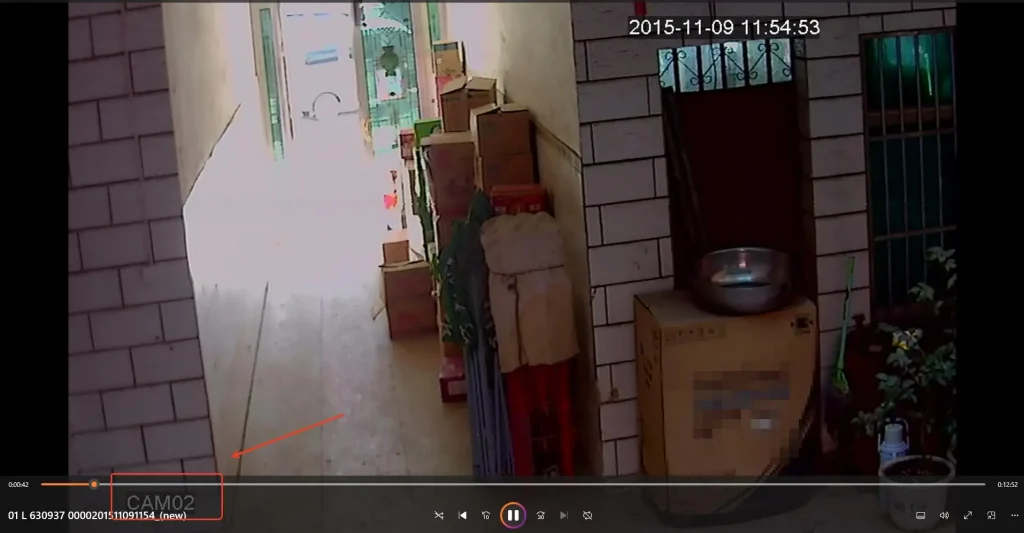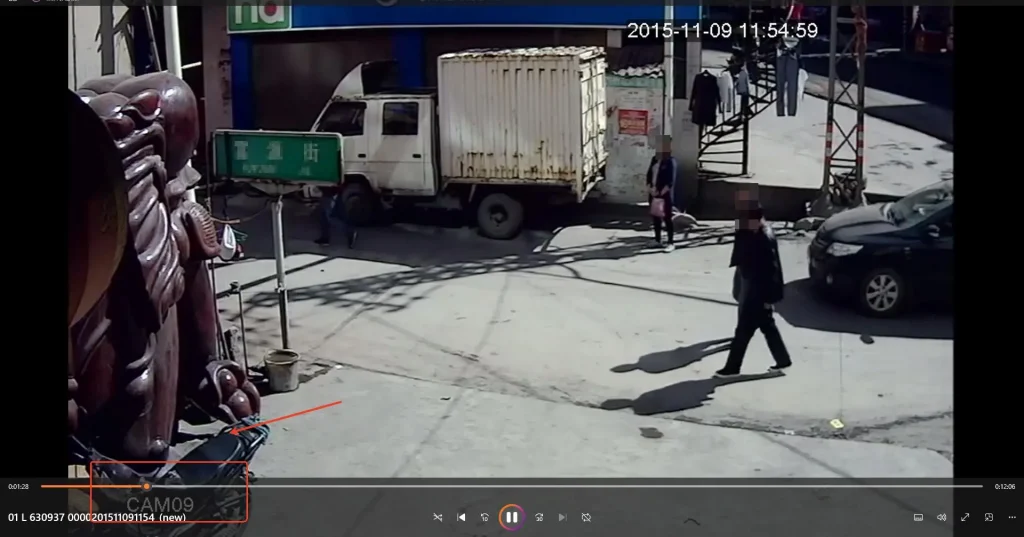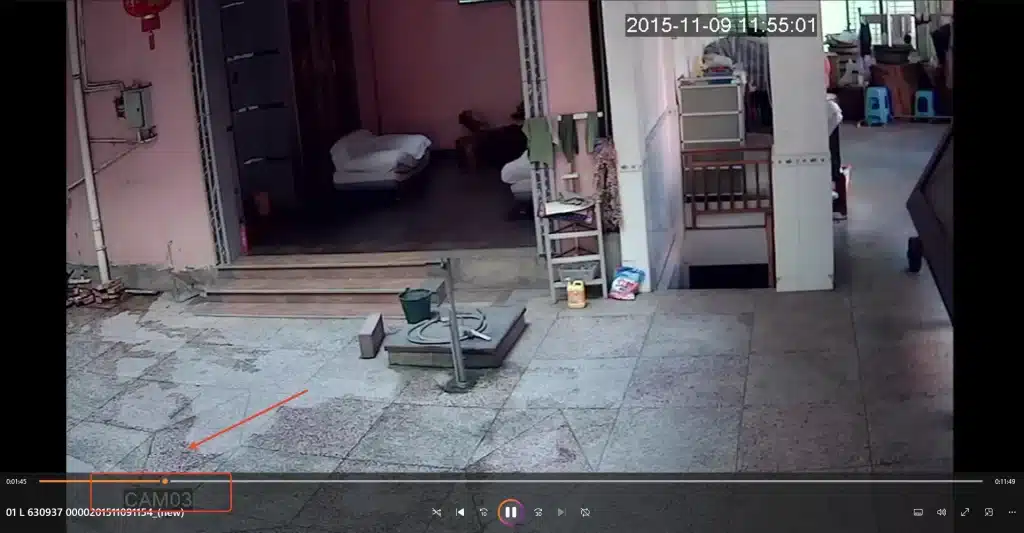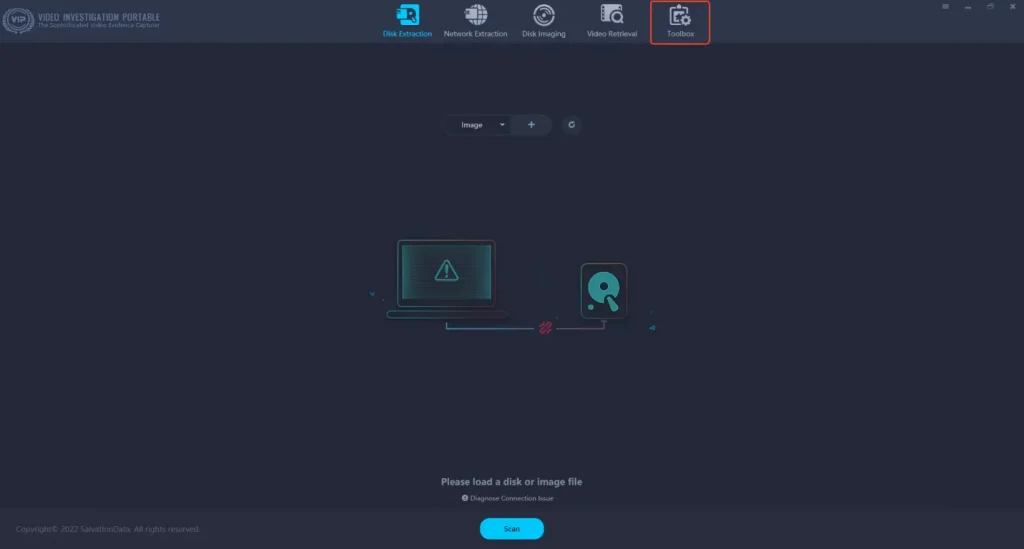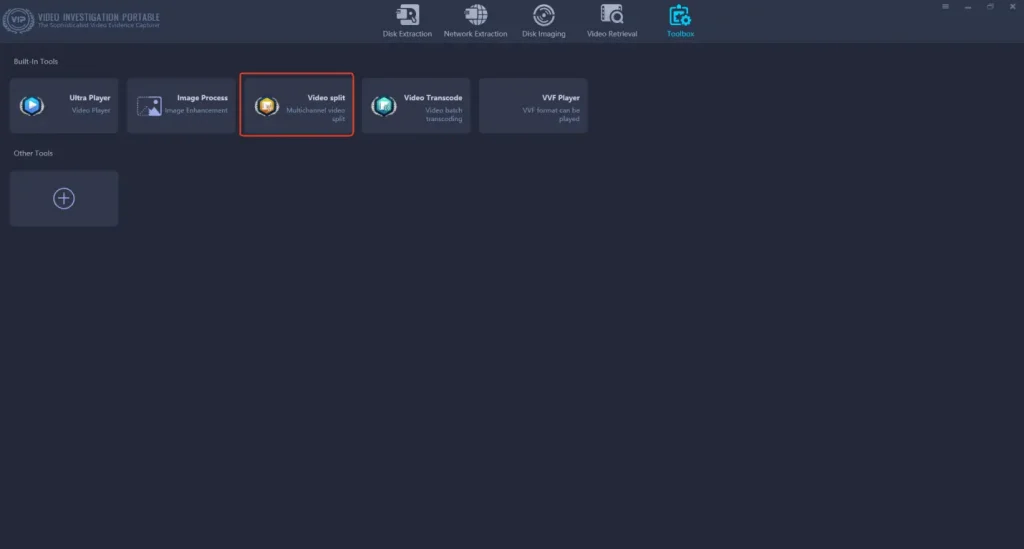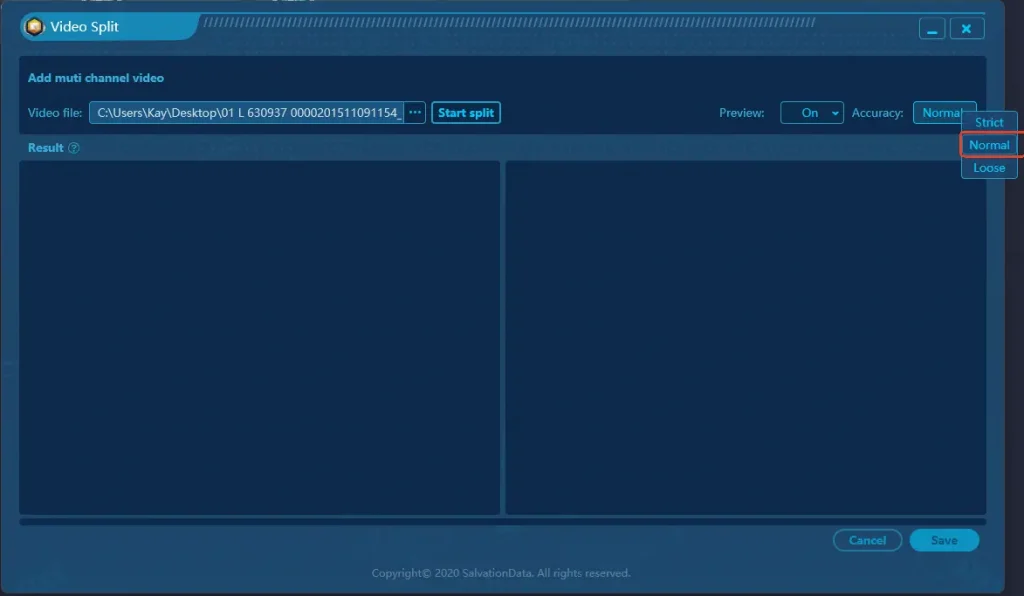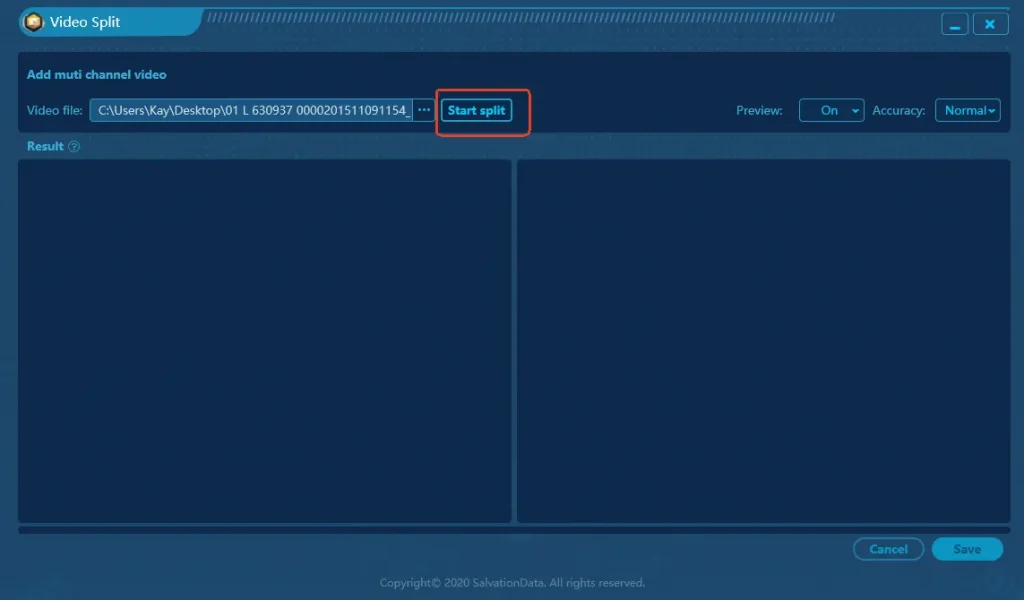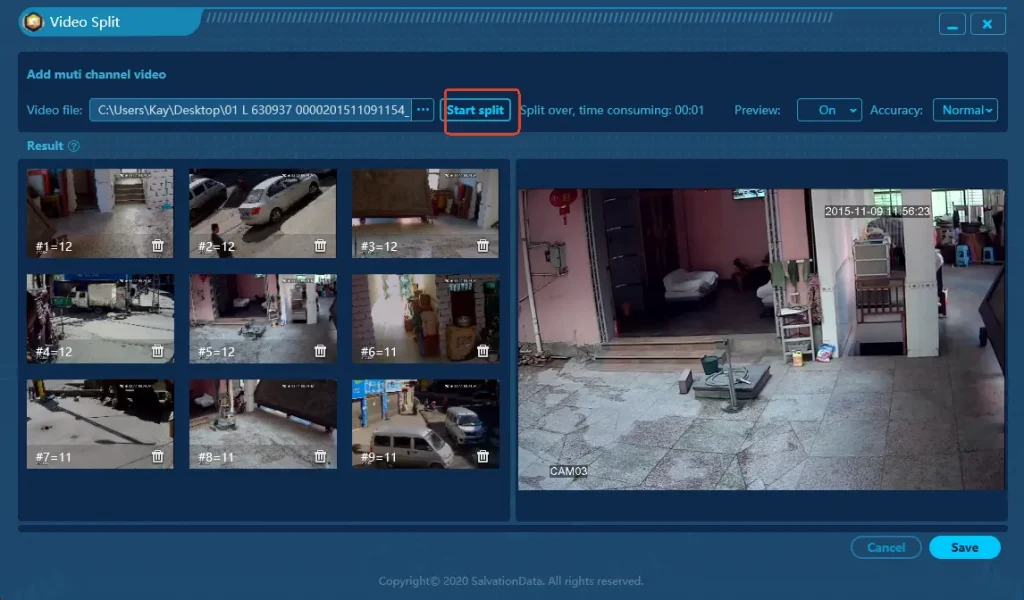Video forensics is key to uncovering critical evidence. Yet video investigation often involves fragmented or interleaved footage, making analysis complex and time-consuming. VIP2.0 addresses this with powerful recovery and filtering tools. Its multi-channel capability can separate mixed video streams and selectively retrieve footage based on specific case needs—streamlining the investigation process and ensuring accuracy where it matters most.
How To Enhances Video Forensics with VIP2.0
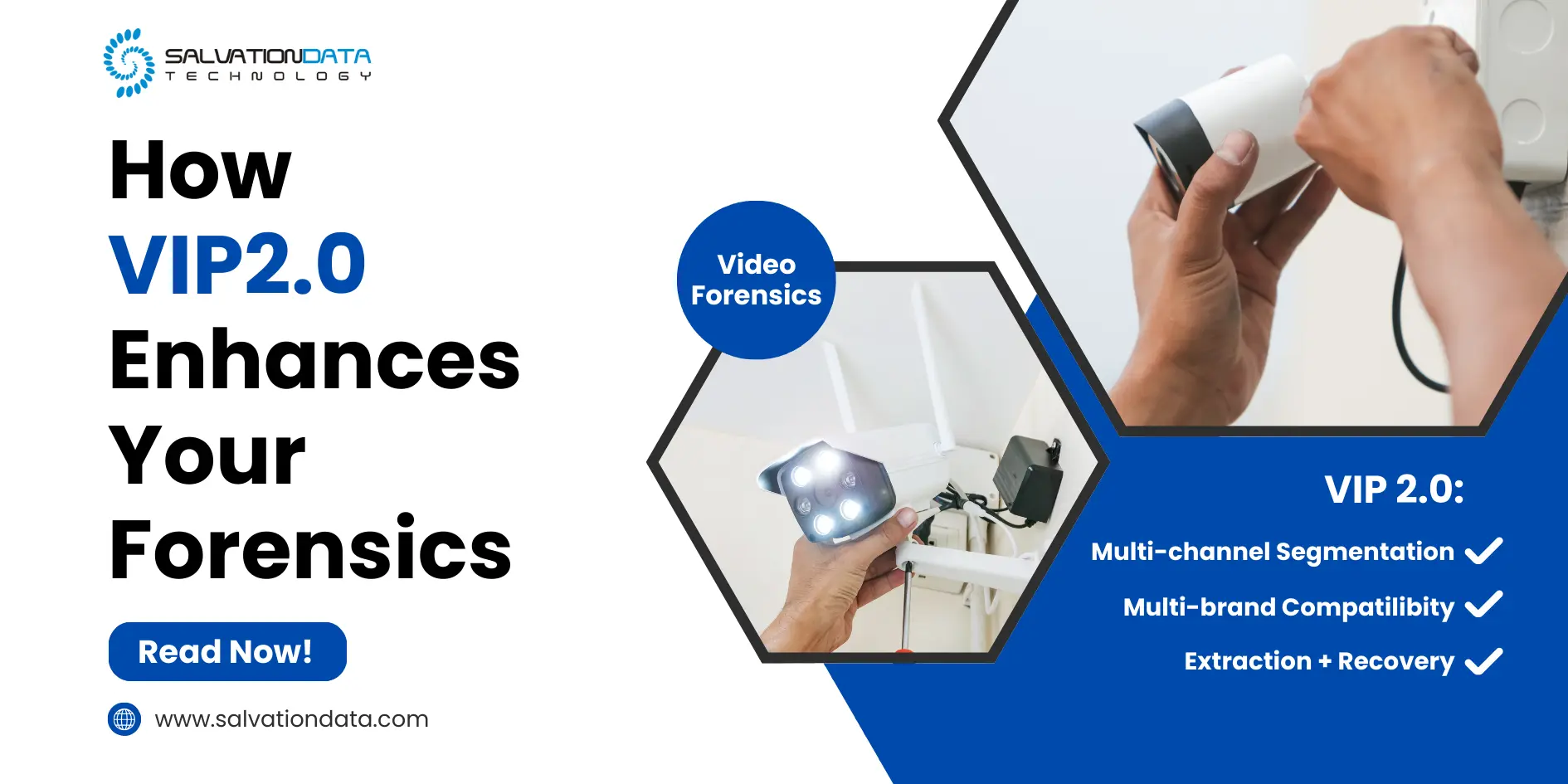
-
Content
- Case Overview
- Case Analysis
- How To Handle Video Investigation with VIP2.0
- Streamlining Video Investigation with DVR Examiner Capabilities
- Why Choose VIP2.0 for Video Forensics and Investigation
-
Content
- Case Overview
- Case Analysis
- How To Handle Video Investigation with VIP2.0
- Streamlining Video Investigation with DVR Examiner Capabilities
- Why Choose VIP2.0 for Video Forensics and Investigation
Case Overview
On the morning of November 9, 2015, a serious homicide took place on a public street. The suspect, driven by a relationship-related conflict, launched a fatal attack on a 28-year-old woman in full public view, then fled the scene in an attempt to evade arrest. The incident quickly drew widespread media and public attention. In response, local authorities obtained surveillance footage from the area. Investigators isolated the relevant timeframe and selectively downloaded video files for detailed analysis.
However, the recovered footage presented a major obstacle: it consisted of short, fragmented clips from multiple surveillance channels—each lasting only a few seconds. When reviewing the video, investigators struggled to clearly identify the suspect’s escape route and facial features, as the brief clips disrupted the continuity of critical visual evidence.
This is where VIP2.0 proves invaluable. Purpose-built for video forensics, VIP2.0 can efficiently process fragmented and multi-channel footage, automatically separating and reconstructing timelines to restore context. Its broad support for various DVR formats and intelligent recovery capabilities allow investigators to quickly extract and analyze key evidence. By minimizing manual effort and streamlining complex video investigation tasks, VIP2.0 helps turn scattered video data into actionable insight.
Case Analysis
The suspect carried out the crime in a public place and made a swift getaway from the scene right after the act. Surveillance footage served as a vital piece of evidence for identifying the suspect and tracking down the escape route. Subsequently, the relevant authorities promptly obtained the surveillance footage from the area and precisely pinpointed the video files corresponding to the time of the incident. However, when reviewing the footage, two major issues cropped up, directly impeding the progress of the investigation:
1)Fragmented Video Format with Multiple Channels
The downloaded video files were in a prevalent multi – channel format, where footage from numerous camera channels was bundled into a single file. When the video was played back, the system would automatically break it into pieces, displaying a succession of short snippets from different channels. This disjointed playback mode made it extremely difficult to continuously and stably monitor a single channel, greatly hindering investigators’ capacity to analyze the suspect’s movements.
2)Rapid Switching Between Critical Footage
Even though investigators managed to pinpoint the time frame during which the suspect showed up on a particular surveillance channel, each video clip lasted merely a few seconds before automatically shifting to the next channel. This quick – paced transition made it arduous for those collecting evidence to capture vital details like the suspect’s facial characteristics, body build, or the direction of escape. As a result, the investigation’s efficiency was severely restricted.
The multi – channel fusion video format is a common feature in certain surveillance systems. However, it creates a major hurdle in evidence collection during law enforcement inquiries. This problem is particularly acute in urgent criminal cases. In such situations, it is crucial to utilize specialized tools that can decompose channels for further processing. Take the VIP2.0 system, for instance. It comes with a built – in channel segmentation tool, which can effectively help overcome this challenge.
As can be observed from the following screenshot, the video is highly fragmented. This fragmentation makes it unfeasible to continuously and steadily monitor a single channel.
How To Handle Video Investigation with VIP2.0
To tackle this problem, the multi – channel segmentation tool integrated within the VIP2.0 (Video Investigation Portable) software developed by Salvationdata offers an efficient solution. The procedure is uncomplicated and doesn’t demand that investigators possess specialized technical expertise. Here are the detailed steps:
1)Open VIP2.0 and find the Toolbox on the top
2)Find the Video Split
3)Import the target video. The default split accuracy is “Normal.”
Reminder: A higher default accuracy setting will yield better image quality during retrieval. However, it might also lead to the omission of some crucial frames. Consequently, in this scenario, we suggest using the normal default accuracy.
5)Click Start Split
6)Wait for the splitting process
7)Save the split videos to the local drive
8)Compare the number of video clips before and after splitting.
- Prior to splitting, there is a single video clip with an approximate total duration of 13 minutes.
2. After splitting, there are nine separate clips from different channels.
After undergoing processing with VIP2.0, the fused video segment was successfully divided by channel. This allowed investigators to obtain crucial evidence, significantly expediting the case – solving process and earning high acclaim from the client.
Streamlining Video Investigation with DVR Examiner Capabilities
Video investigation often involves working with footage from DVR systems that store data in proprietary or non-standard formats. VIP2.0 eliminates these obstacles by functioning as a powerful DVR examiner. It automatically detects file structures, decodes complex video formats, and restores damaged or deleted recordings.
For investigators, this means quicker access to vital evidence without the need for manual decoding or third-party tools. With built-in filtering, VIP2.0 allows users to pinpoint relevant video segments across multiple sources, accelerating the review process and ensuring that no critical detail is missed.
Why Choose VIP2.0 for Video Forensics and Investigation
VIP2.0 stands out as a comprehensive solution in the field of video forensics, combining powerful recovery, analysis, and multi-channel support into one efficient tool. Whether you are handling complex DVR data or acquiring fragmented CCTV footage, VIP2.0 adapts to your investigative needs with precision and speed. Its ability to separate and selectively retrieve relevant video streams ensures forensic experts can focus on critical evidence without wasting time on irrelevant data. For professionals committed to thorough and accurate video investigation, VIP2.0 offers the reliability and advanced features necessary to unlock the full potential of digital video evidence.
